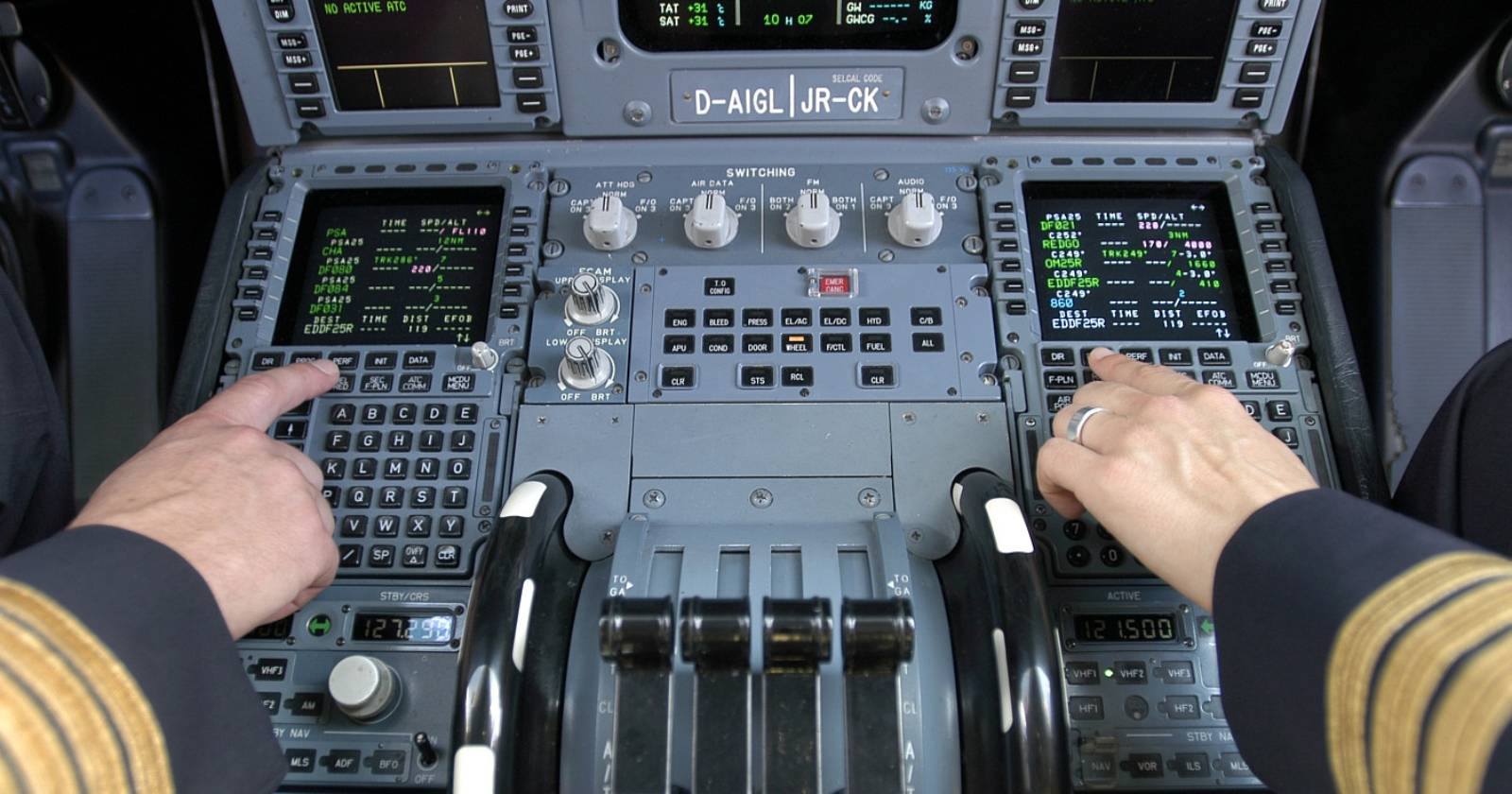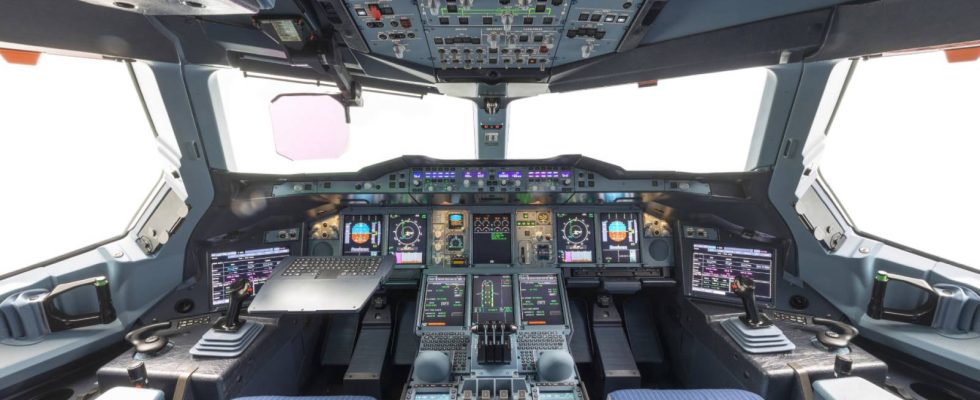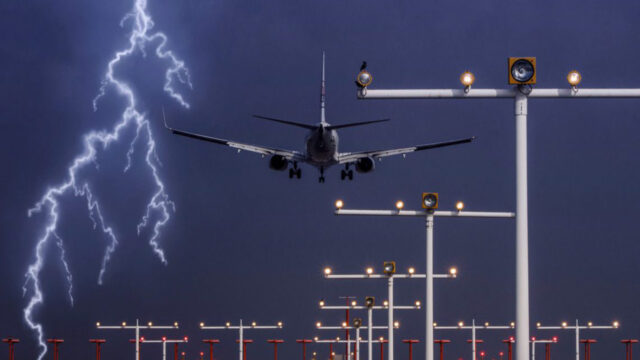A normal airplane is made up of approximately 4 million parts working together flawlessly. Electrical, electronic and software components have an important place in these technologically advanced vehicles, which have such a complex structure. So how is software updated on airplanes? Let’s take a closer look at the details of the subject.
How to update software on state-of-the-art aircraft?
As it is known, various software updates are made to provide new functions or improvements to many technological products. Airplanes contain many devices that require software. Therefore, software updates like our phones or other technological products we use in daily life are not possible in these huge vehicles containing many different components.
Software updates have different contents and installation types for each aircraft and each system they contain. Let’s understand the general logic of software updates on aircraft with an example update among so many processes.
FMS: Navigation database update for Flight management system
Every 28 days, aircraft maintenance engineers provide all the necessary information for the flight plan for the FMS (airlines, airlines, Although technology has improved greatly today, floppy disks are still used in updating the navigation database containing airports, runways, radio navigation aids (except for some aircraft types). So how is this process done?

To explain this process carried out by aircraft maintenance engineers step by step:
- First of all, among the many various switches in the fuse panel in the cockpit of the aircraft, those related to the flight management computers are placed in the appropriate position for updating.
- Again, the data loading selector located in the corner of the fuse panel is activated and the relevant flight computer to which the first loading will be made is selected.
- Floppy disks loaded with current data are inserted into the MDDU (multipurpose disk drive unit) for transfer. In this process, one or more floppy disks can be used sequentially. Then, the opposite of the first two steps is done and both flight computer switches are turned on.
- Updated software has now been installed on one of the flight computers. After this data is transferred to the other flight computer by cross loading, the maintenance engineer on duty who performs the operation completes the operation after keeping the necessary maintenance records.
With this periodic update, the aircraft’s navigation software is routinely kept up to date. With a modification made by Boeing, flash disks can be used for this process in B777 model aircraft. Different memories and devices can also be used for various aircraft types. Additionally, navigation database updates can be made in flight simulation as well as in real aircraft.
What do you think about this issue? You can share your thoughts and opinions with us in the comments section?

